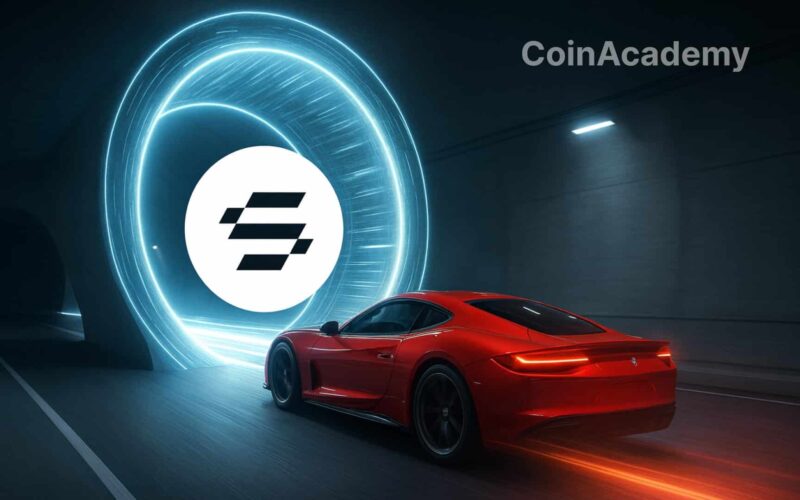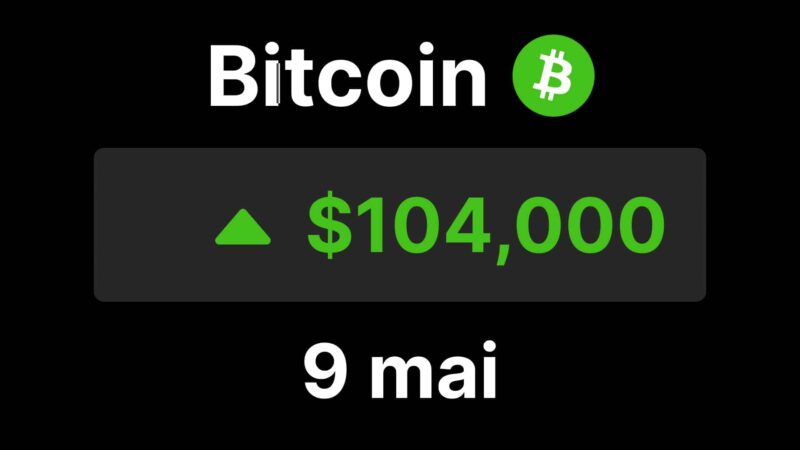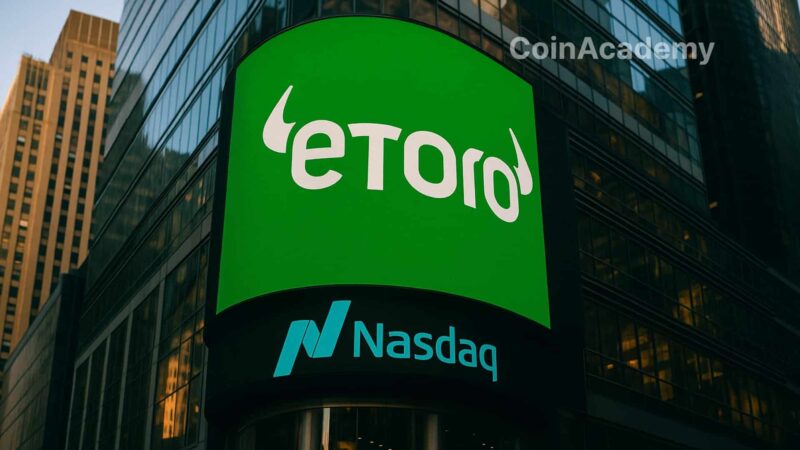Solayer launches its SVM Bridge to connect Solana and SVM-compatible chains with native validation, eliminating many attack vectors.
A Bridge Designed to Avoid Past Mistakes
Cross-chain bridges have become synonymous with nightmares for many investors. In a climate of distrust, Solayer is taking a significant step with the release of its SVM Bridge, touted as a new generation gateway between Solana and Solana Virtual Machine-compatible chains.
1/ FEATURING: sBridge
the first canonical bridge with purpose-built SVM semantics, designed for high frequency.https://t.co/EZCxUtwmT8 pic.twitter.com/r3lxnPDjEW— Solayer (@solayer_labs) August 26, 2025
Unlike traditional bridges that artificially ‘stitch’ two networks, the SVM Bridge relies on native SVM validation. This approach significantly reduces attack surfaces and offers theoretically higher reliability.
The technical choices reinforce this promise:
- Permissionless bridging: any token can be transferred without prior authorization.
- Decentralized Guardian network: risks associated with a single point of control are eliminated.
- No-base database design: a common attack vector is eliminated.
To ensure a secure launch, Solayer has entrusted audits to Fuzzland, which has applied formal contract verifications, real-time signature monitoring, and instant alert systems, as well as Cantina via a $60,000 Bug Bounty, ongoing until August 31. This displays a serious approach in an industry where every mistake can cost hundreds of millions.
Rebuilding User Trust
The real challenge lies elsewhere: convincing a market traumatized by hacks. Trust is not decreed, it is rebuilt over time, with liquidity and increasing adoption. Even with solid technology, the SVM Bridge will have to withstand the test of the real world.
Solayer’s Ambition of One Million Transactions per Second
This bridge is not a standalone initiative. It is part of a much broader strategy: to make Solayer the fastest execution blockchain on the market. Already capable of handling over 100,000 transactions per second on its public devnet, the protocol now aims for 1 million TPS.
Its architecture differs from traditional L1s:
- Hardware acceleration (FPGA) to boost transaction verification.
- Pessimistic concurrency control to eliminate costly rollbacks.
- Transparent Mega-sequencer, which eliminates malicious MEV and sandwich attacks.
With this combination, Solayer promises a trading experience without latency, fairer prices, and deeper liquidity.
A Timely Bet
By linking Solana and Solayer via atomic transactions, the SVM Bridge becomes the centerpiece of an ecosystem designed for mass adoption. Dapps, cross-chain arbitrage, tangible products like the Solayer Visa card ‘Emerald’, and the Solayer Pay ecosystem: everything converges towards the same promise.
The stated goal is clear: by 2028, Solayer aims to become the ‘invisible infrastructure’ of Web3, capable of executing tens of millions of transactions per day with the speed of a CEX and the security of a decentralized blockchain.
The punchline is already prepared: tap, trade, done.




